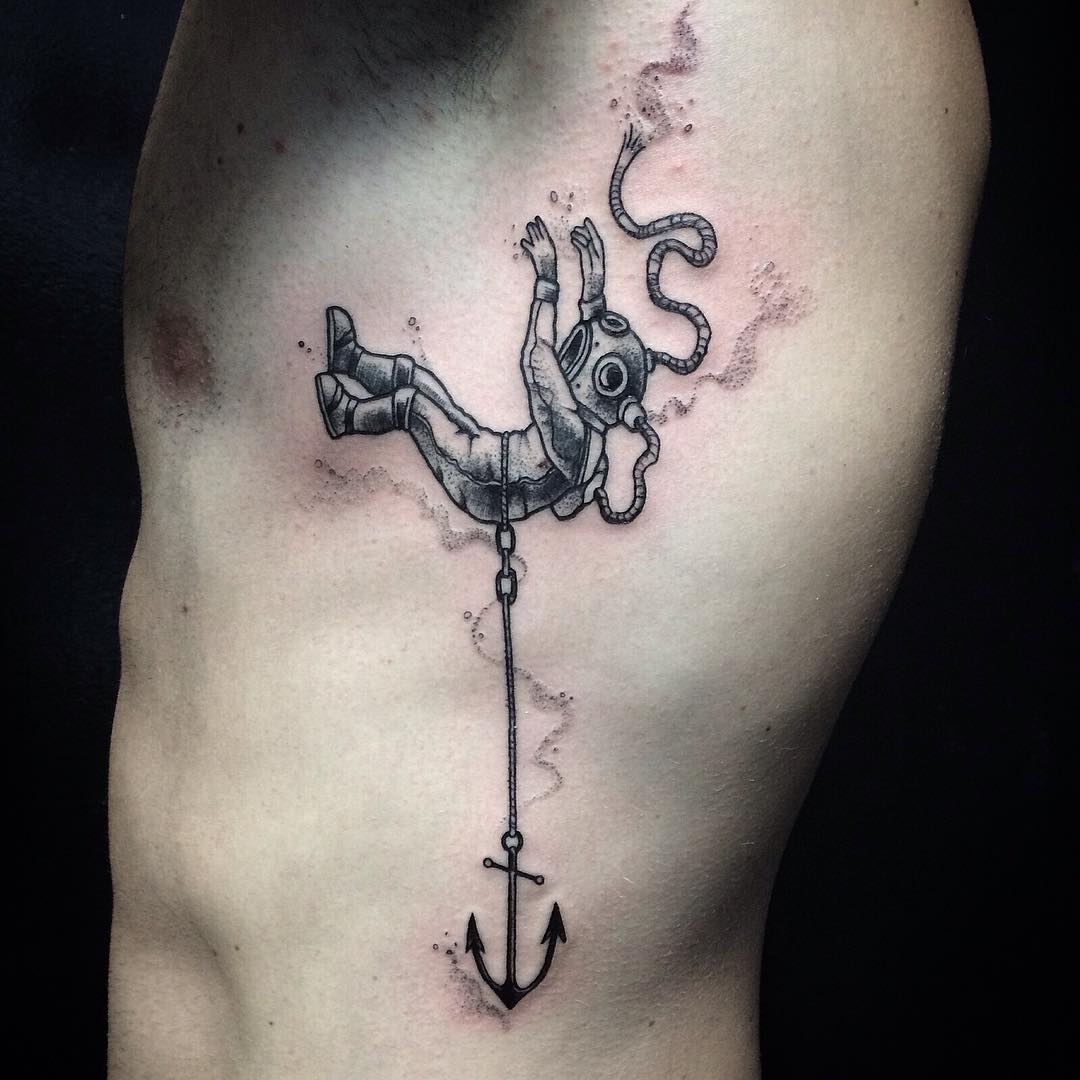
Slips and falls: The deck of the vessel might be wet or coated with oil or fish residues which add to the risk of slipping. by opening hatches or doorways, a suitable IS torch or working light may be used. Lighting: If adequate light is not available, e.g. Lighting: It is the responsibility of the vessel’s master to provide adequate lighting - but this is not always possible. Remember to check your radio before leaving the office. Working alone: Avoid working alone, but if you have to, maintain good communications with someone responsible for checking on your safety and always notify someone else of your intentions and location before you start. Working alone: There is a danger that, when working alone, you might become trapped or injured and be unable to call for assistance. Some of the major hazards are listed below: You should never commence work without informing the master of the vessel or the deck officer responsible. Comprehensive training is required before entering some environments. You should only examine and sample cargo on a vessel when there is no alternative. Hazards on board vessels range in severity. Remember: refer to your national legislation and guidance when working in this dangerous environment. Take great care as the cargo may have shifted during the voyage, particularly if the sea has been rough. Wear appropriate safety clothing and a safety helmet. Holds: Holds can be particularly dangerous, especially if loading or unloading is in progress. These are particularly dangerous and should not be used for gaining access. Some vessels are equipped with galley lifts. Galleys: Electrical cooking equipment operates at high voltages and could be very hot. If you need to search these areas, wear appropriate safety clothing and equipment, particularly gloves, and wash your hands immediately afterwards. Toilets: As well as presenting potential health hazards, in the form of discarded hypodermic needles, etc., toilets might contain corrosive cleaning chemicals and disinfectants. Look first and request assistance from the crew if you are not sure what the area contains. Stowage compartments and lockers: Beware of hazardous chemicals and equipment. lifejackets, you must put it back before you leave the vessel. Passenger areas and crew quarters: When searching these areas, be wary of sharp objects which may be secreted in the upholstery. You would be committing a criminal offence. Unskilled interference with safety equipment, navigational apparatus or electrical systems can affect the seaworthiness of the vessel, jeopardising the safety of the passengers and crew. Ship’s equipment: Never attempt to examine any equipment on board until you have consulted a responsible officer. Insects are very resilient and can be found almost anywhere, rats have been found in holds and soiled items can be dropped by people in all areas and should not be touched without gloves. Several hazards are common to all areas of vessels. Health checks, training and regular refresher training are required before using compressed air breathing apparatus.
NO VESSEL MEANING MANUAL
NO VESSEL MEANING CODE
What is API Code Definition from Pressure Vessel ? Non pressure parts welded directly to a pressure retaining surface.The first sealing surface for proprietary connections or fittings.The face of the first flange for bolted, flanged connections.The first threaded joint for screwed connections.


Inside diameter to be higher than 152 mm.The vessel with maximum allowable working pressure(MAWP) higher than 15 psi.These scopes are based ASME Code Sec VIII Div 1

The ASME Code is a construction code for pressure vessels and contains mandatory requirements, specific prohibitions and non-mandatory guidance for pressure vessel materials, design, fabrication, examination, inspection, testing, and certification.


 0 kommentar(er)
0 kommentar(er)
